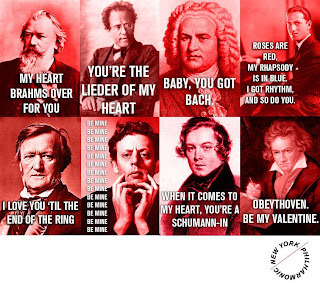So I saw this awesome cover photo which the Sitar Arts Center just updated on their Facebook page. And as I was want to do, I shared it and began to write a comment...and then I kept writing.
By the end of it, I thought it'd be worth it to re-post it here as well. So first, here's the photo:
And here's what I had to say about it:
First, this is an aDORable photo!! Can't go wrong with kids.
But, just wanted to share this awesome cover photo from the Sitar Arts Center, along with this, for consideration.
Imagine a spectrum with your audience & community at one end,and your art, artists and/or arts org at the other. As much as you share images of your art and productions, you want to throw into the mix images of your community participating in your art events or programs.
The latter will help give your Facebook fans, Twitter followers, etc. something (other people, specifically) to directly relate to in terms of what it looks like to experience your work, as audience member, as student, etc.
Because at the end of the day it should be about them. And the more you make it about them, the more they'll be inclined to support you and your work.You can check out the original post here on the blog's Facebook page. If you're on Facebook, please check it out, like it, share it, or add your own comment there.
I will just add this.
Obviously, arts organizations that have educational programs have a leg-up on being able to get this kind of media. And, this is a note for the individual teaching artists. If you don't implement this already, you want to have a photo/video release for and start capturing what you can of any of your classes, workshops and/or residences.
For arts organizations and presenters that just have exhibits and performances, take a look at opportunities to capture your audience, even if it's not at a moment when they're actually engaged in your work. Whether it's out in the lobby, a post-show discussion with your artists, the moment right before the curtain opens, an exhibition opening reception, etc.
Anyway, would love to hear your thoughts and experience. Do you do any of this already? If not, will you start doing this? What do you think of the Sitar Arts Center cover photo? And how much of this can or can't you use with your own work?
Let me know in the comments here and/or on Facebook,
- JR






